'There were many radical nuns': Andrea Modica's photographs document 1980s all-girls Catholic schools in Brooklyn
Andrea Modica’s ‘Catholic Girl’ looks back to her own childhood
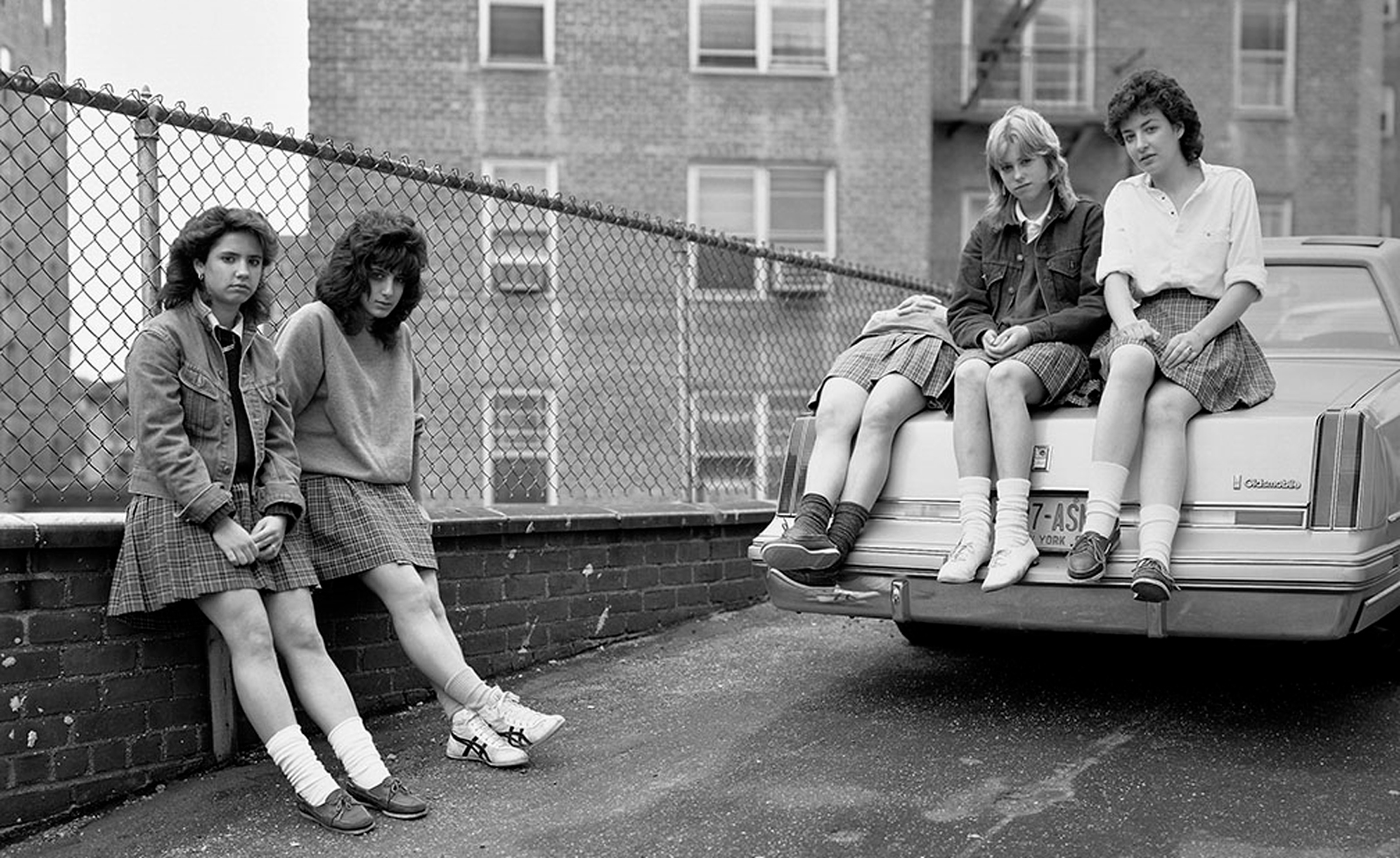
It was 1965 in Brooklyn, when Michael Dunn found himself being reprimanded in Brother Thadeus’s office for dressing inappropriately for Catholic school. “Next time I see you, we’ll be dressed according to the school code,” Thadeus commanded. In front of the principal’s office with the new rebel in her denim jacket with patchwork badges, the poetry teacher warns her, “The nose ring – you might wanna take that out.” From the regimented uniforms of ‘Heaven Help Us’ (1985) and ‘Loving Annabelle’ (2006), Andrea Modica’s ‘Catholic Girl’ is unperturbed in flouting rules, where thick kohl-rimmed eyes styled with a pompadour and a leather jacket radiate the rebellion of a motorcycle club, rather than a classroom.
Modica grew up in an all-girls Catholic school in Brooklyn. It was a different time in Catholic schooling, she admitted, which was good for her. “There were many radical nuns,” she said, “And quite a number of younger teachers in their 20s who were encouraging us to have opinions and speak our minds. I wouldn’t be here, talking to you, had I not had the art teacher Len Bellinger – he kind of turned me around.” It was to see him, that Modica stepped on to a train to Brooklyn from Yale, where she was a photography student in 1984.
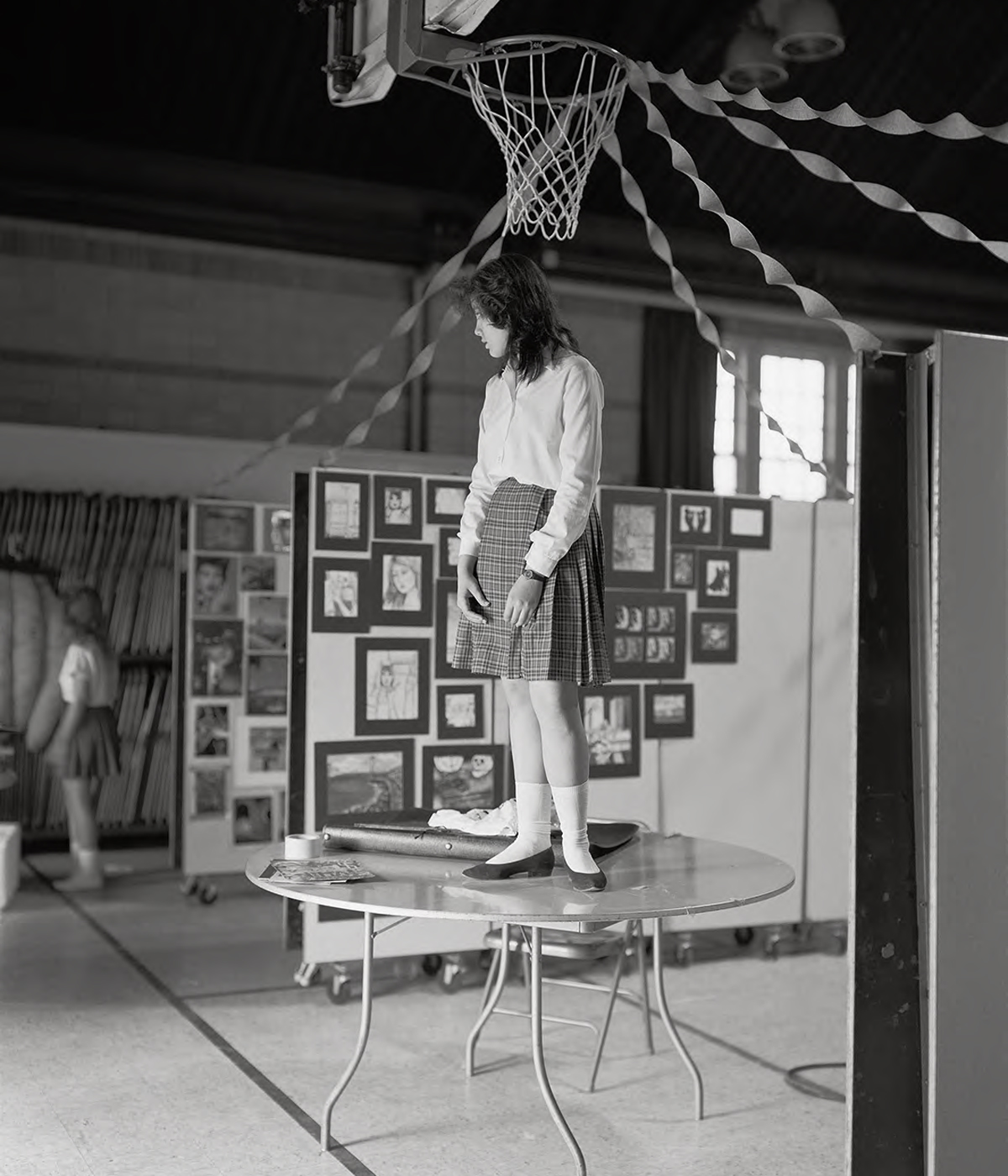
It’d only been a few years since high school, and looking at the fresh batch of young girls, her mind switched back to her time in high school, which was incredibly difficult – the side-effects of being a teenager, she said firmly, “I would not blame Catholic school for that.” Looking at the girls, it made her want to face that traumatic period head-on. It became a full-fledged project when she came across other Catholic schools in New Haven, and also photographed girls there – one of the eerie images, a girl stared unsmilingly at the camera, as the rest of her blurred classmates giggled. She wasn’t thinking about her style, but rather how quickly she could get the picture between classes, without being reprimanded by a teacher – which proved difficult as she was five feet with a large 8x10 camera – which she still uses. In retrospect, Modica was drawn towards places and groups she felt left out of. “I wanted to find my place there,” she mused.
Right after, Modica would photograph Yankee baseball players playing the minor league – a cousin project, she said. It was not the sport which interested her, but their rules on eliminating individualistic presentation like facial hair – which made her focus on their uniforms and physicality. “They demanded they have a certain behaviour of politeness,” she recalled, “Here it’s the sameness – there’s very little of that adornment that the high school girls are really breaking through in their uniform.” That really spells out her fascination with uniforms – watching people express where they stand, within a set of prescribed rules.
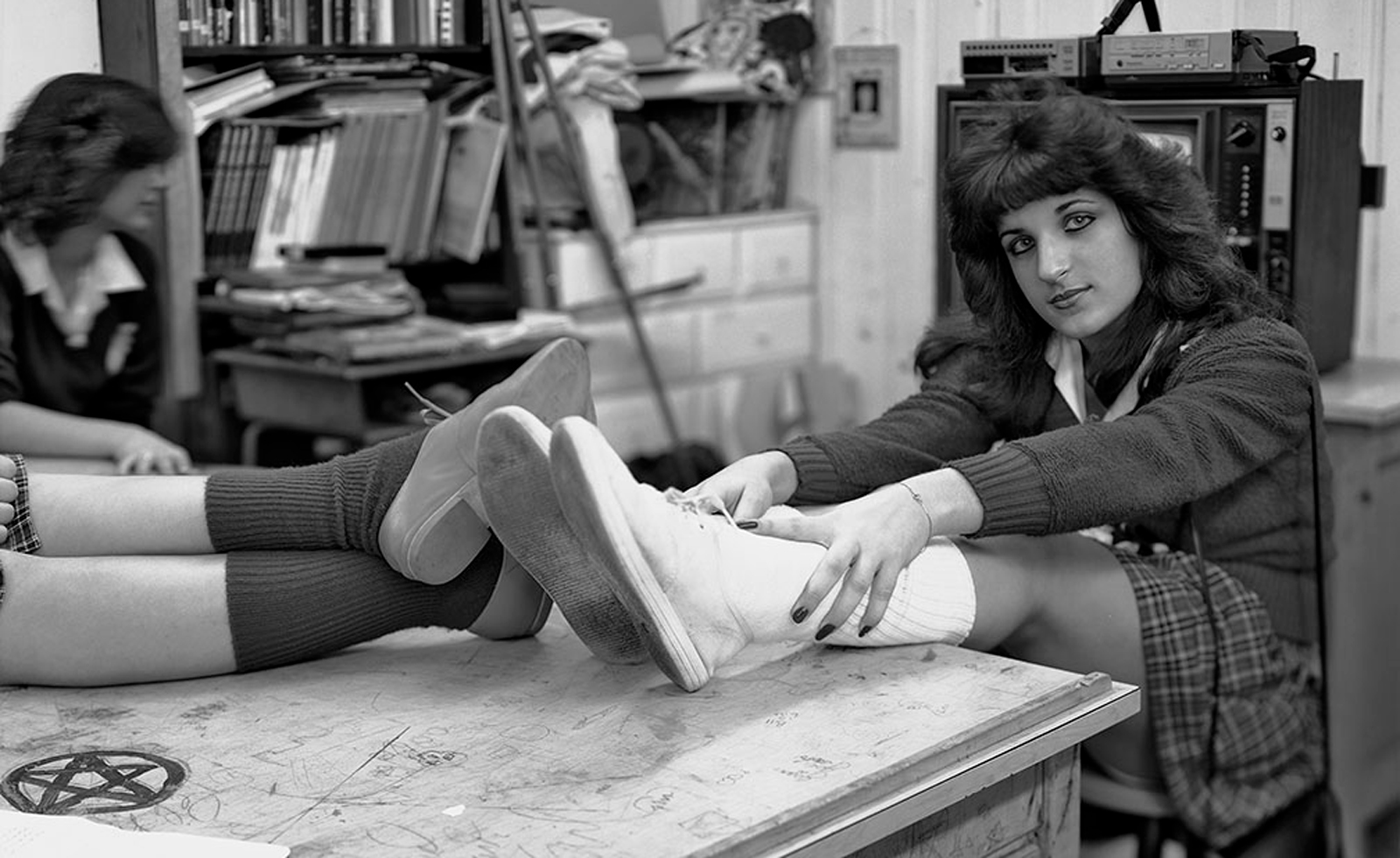
Music really dictated the way things were when Modica was in high school, and they were wearing fringe and striped stockings influenced by ‘70s counterculture and disco. By the time she was photographing the girls, punk and reggae had arrived. “Her haircut was based on a drummer from one of the girl bands,” she said, pointing towards the girl wearing a watch on the cover, who she met a few weeks ago. Her school primarily allowed black or navy-blue socks and shoes and a crisp white shirt with a pleated skirt. “But nobody said anything about black lipstick or a chain,” she laughed recalling how girls in Catholic school would roll up their skirts, “And collars, like dog collars. So, these were ways that girls were able to express themselves within the rules. Nobody said you can’t have hair that’s ten inches high!”
Modica works with a 19th century platinum printmaking process, which is time-consuming. In between requesting a picture, and the click of a camera, there are quite a few minutes. “Which is a long time for somebody to be staying still,” she said, “In part this is why nobody is smiling.” It allows the girls enough time to present themselves before the camera, making it an amalgamation between documentation and the performative. One of them hides her face as she stands on the table, decorating the gym for a party. “I would have asked them to move a bag or move down a step for sure,” she said, comparing it to a fashion shoot – an aesthetic her work is quite symptomatic of.
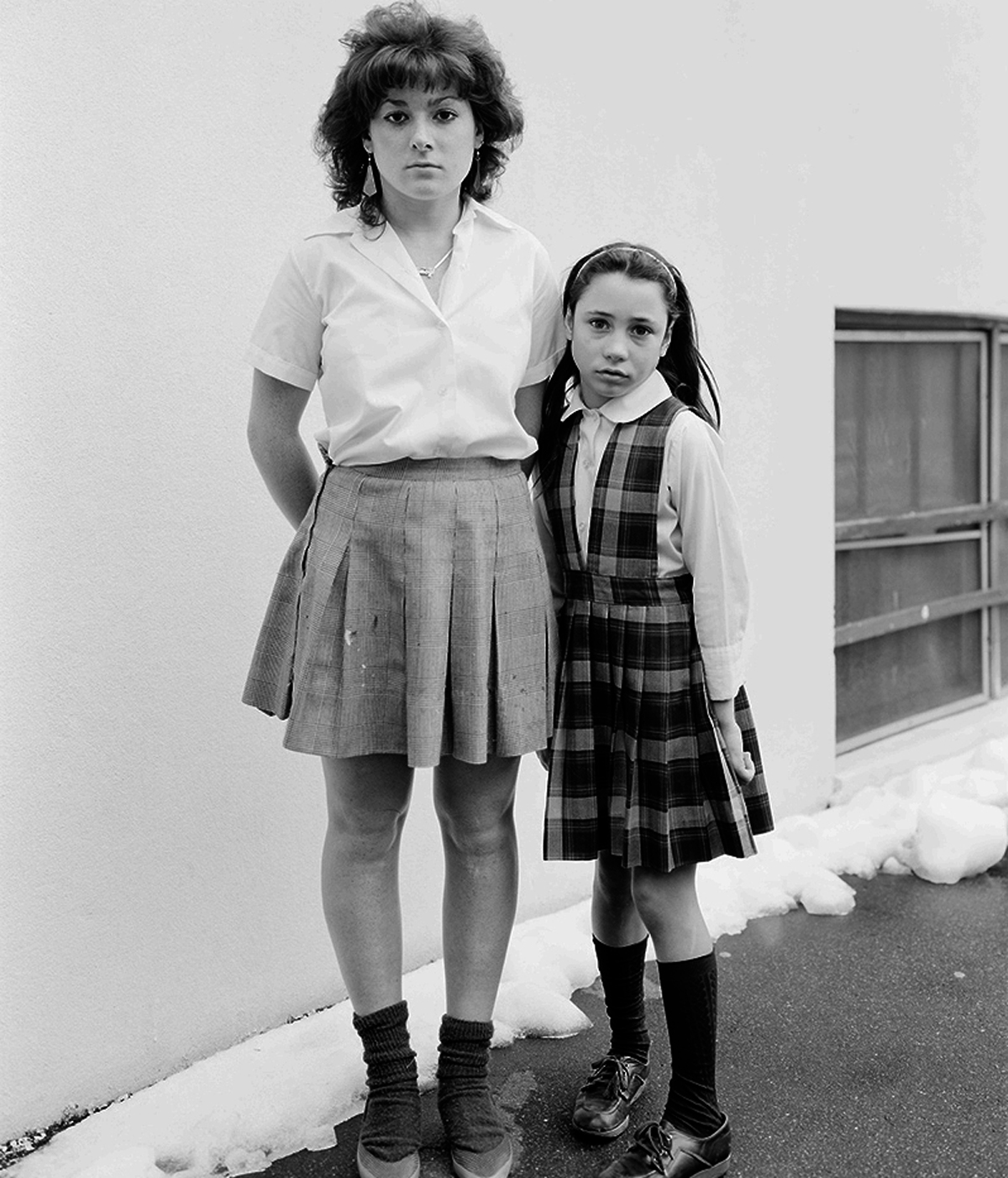
There were more photographs which she threw away years ago, she said. “Some of the girls have prints of them,” she said, as she has given them all prints. Many of them showed up at the launch, Bellinger and other teachers helping her find them, after forty years.
Wallpaper* Newsletter
Receive our daily digest of inspiration, escapism and design stories from around the world direct to your inbox.
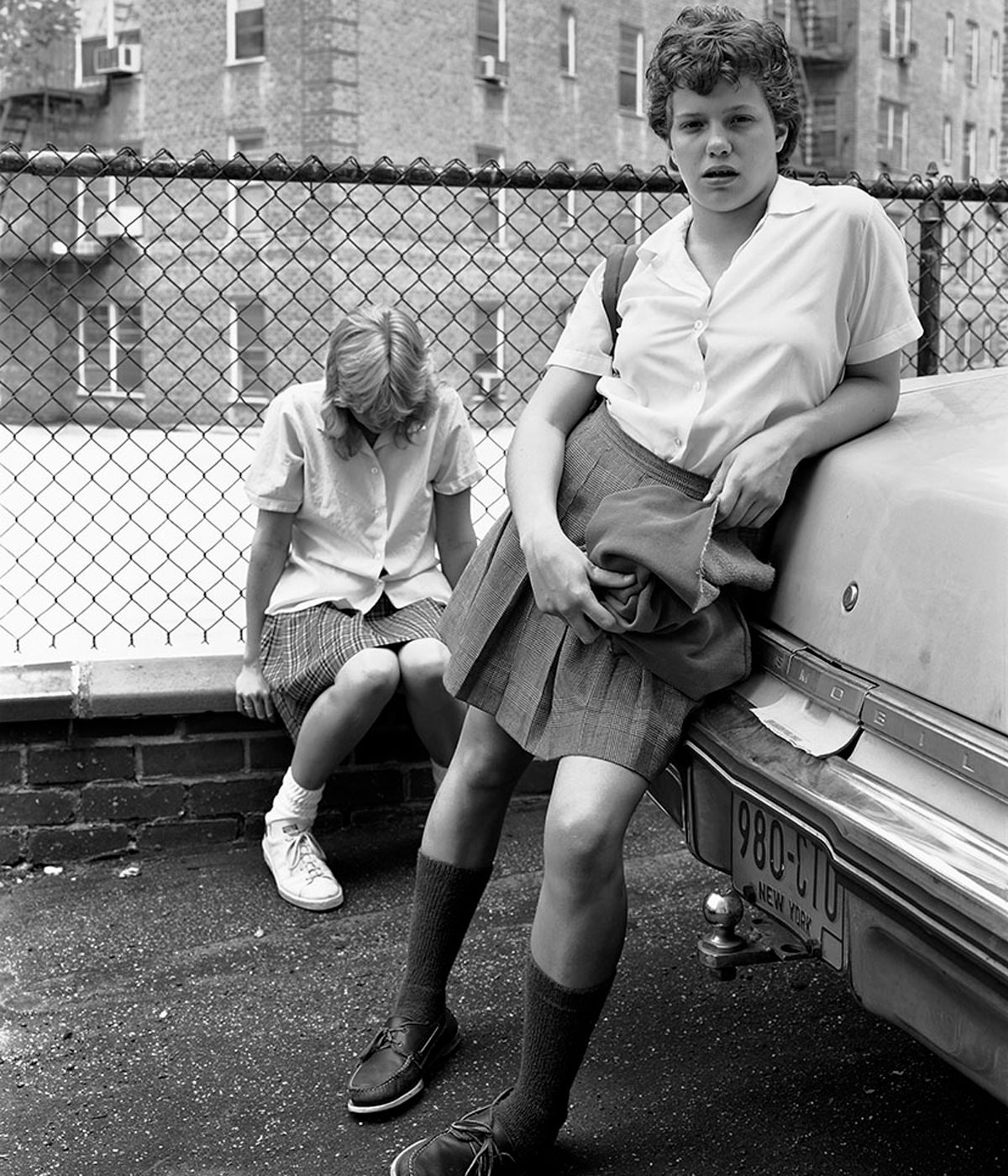
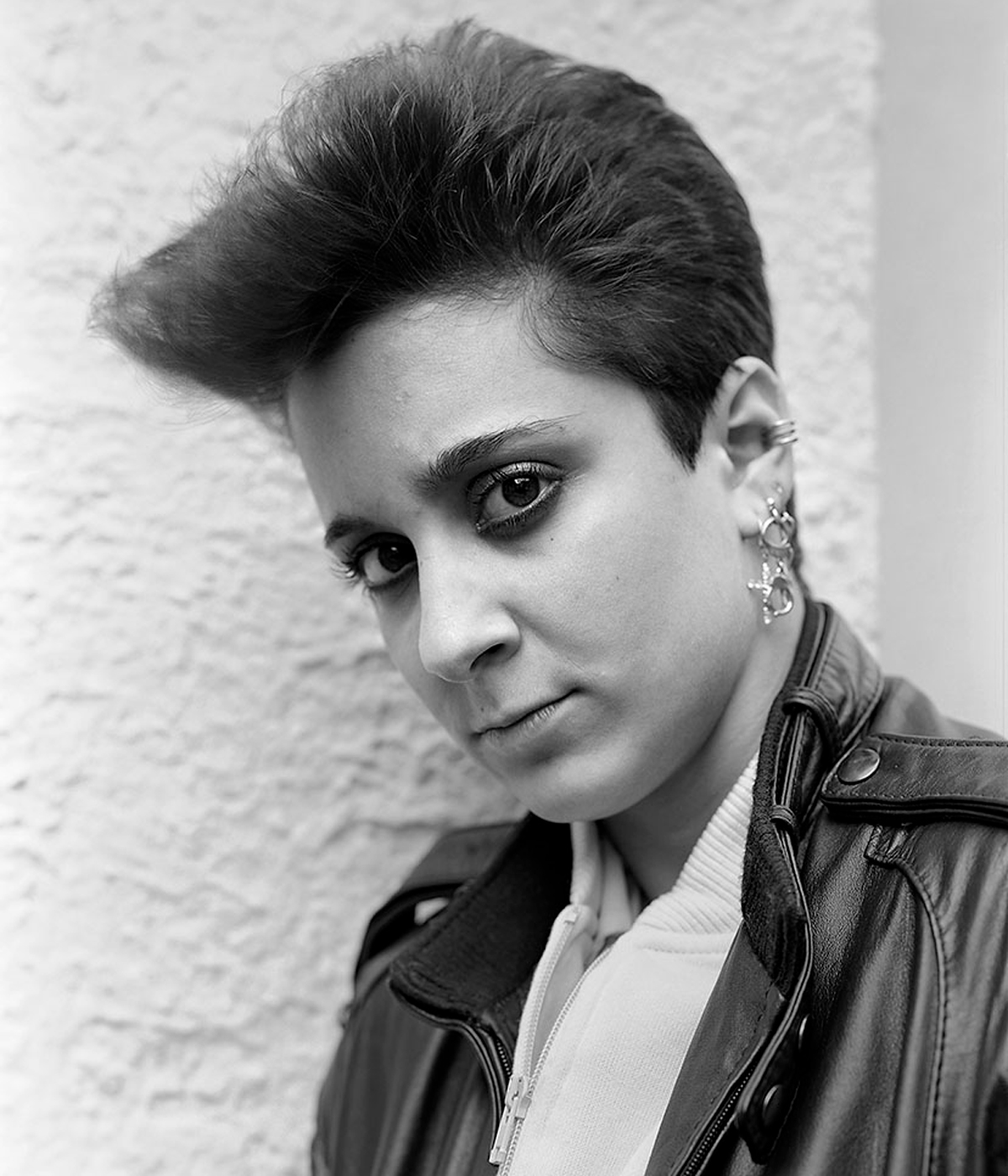
Upasana Das is a freelance writer working on fashion, art and culture. She has written for NYT, Dazed, Interview Mag, Vogue India and Harper's among others.
-
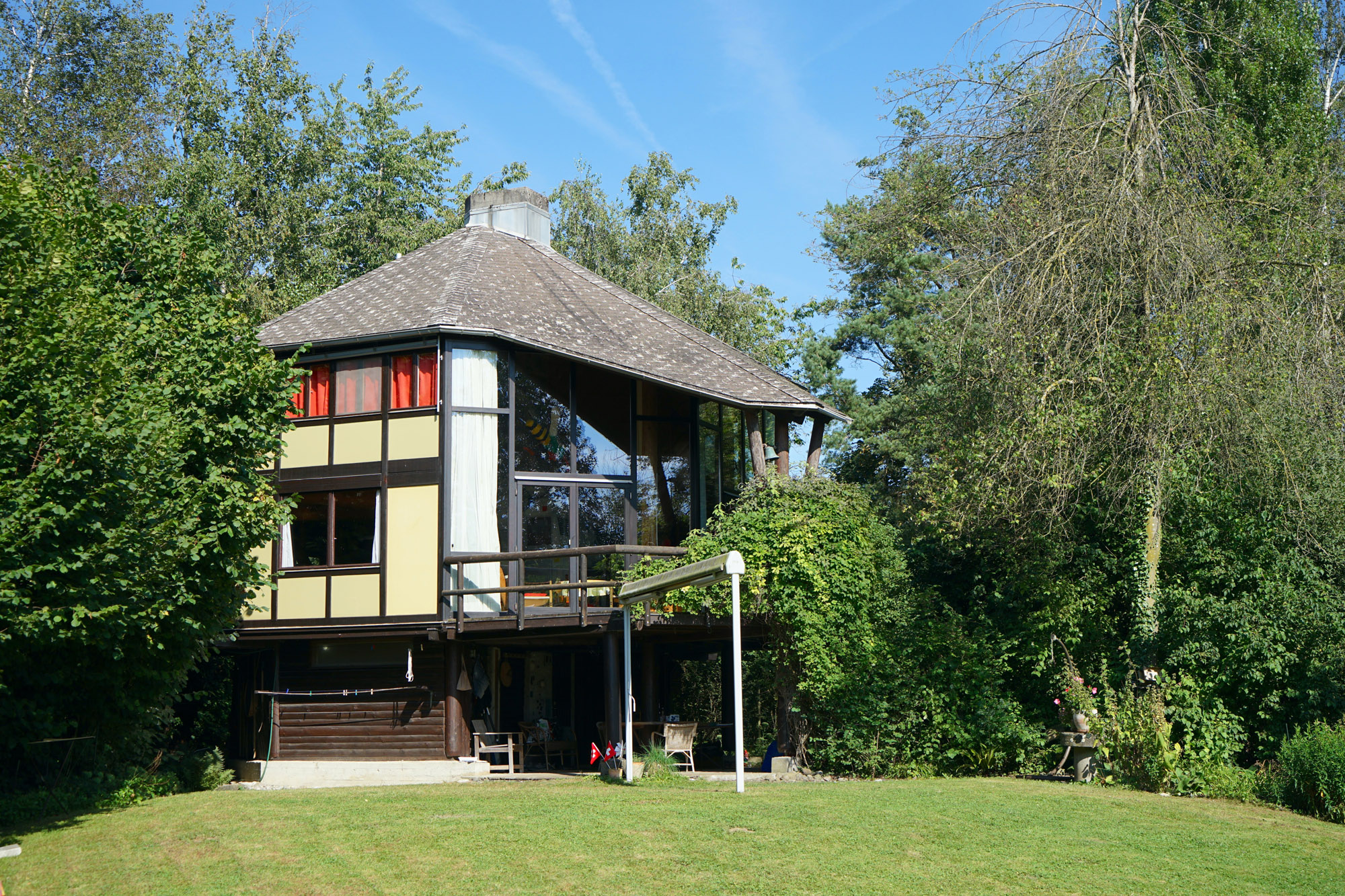 Meet Lisbeth Sachs, the lesser known Swiss modernist architect
Meet Lisbeth Sachs, the lesser known Swiss modernist architectPioneering Lisbeth Sachs is the Swiss architect behind the inspiration for creative collective Annexe’s reimagining of the Swiss pavilion for the Venice Architecture Biennale 2025
By Adam Štěch
-
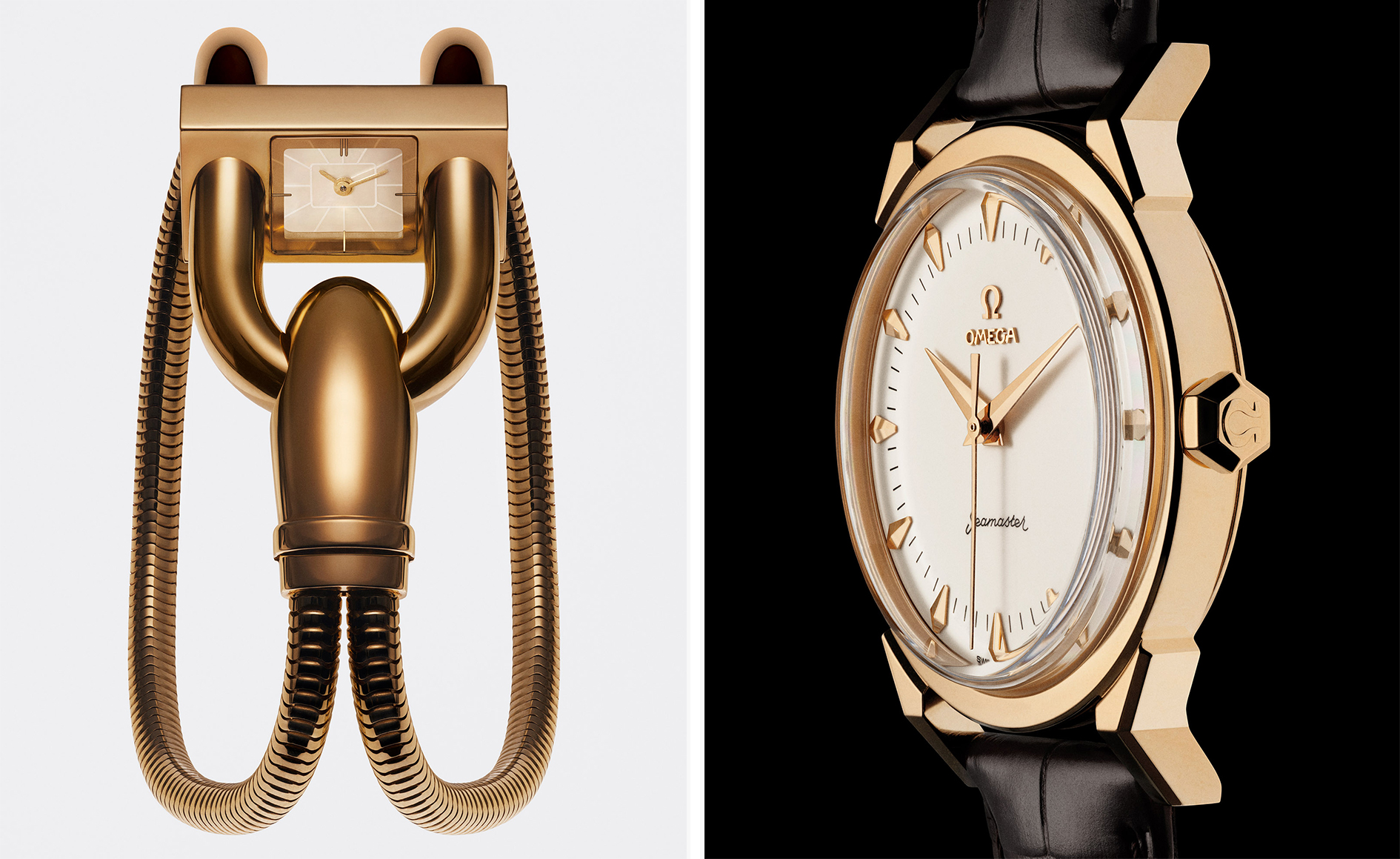 A stripped-back elegance defines these timeless watch designs
A stripped-back elegance defines these timeless watch designsWatches from Cartier, Van Cleef & Arpels, Rolex and more speak to universal design codes
By Hannah Silver
-
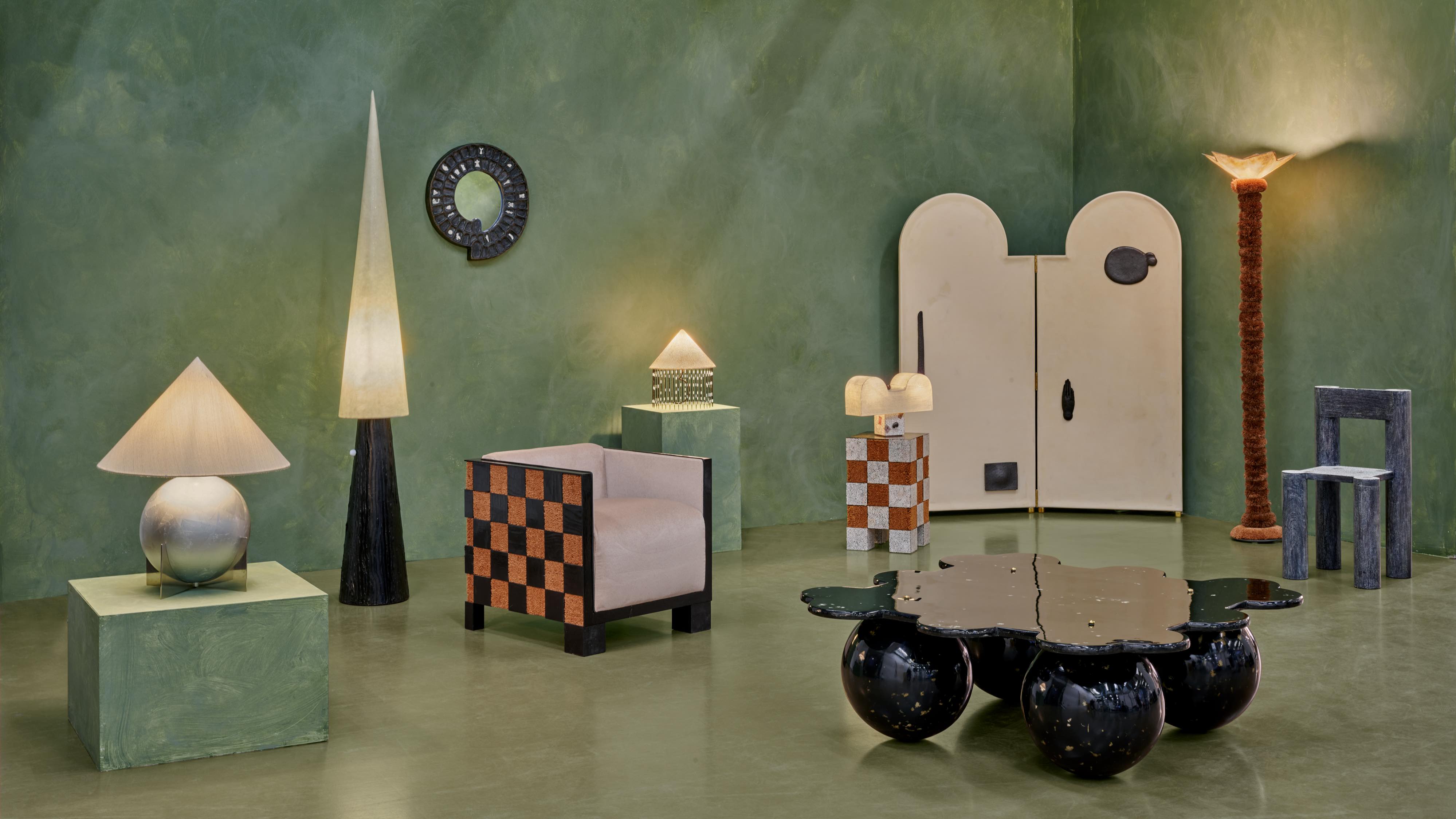 Postcard from Brussels: a maverick design scene has taken root in the Belgian capital
Postcard from Brussels: a maverick design scene has taken root in the Belgian capitalBrussels has emerged as one of the best places for creatives to live, operate and even sell. Wallpaper* paid a visit during the annual Collectible fair to see how it's coming into its own
By Adrian Madlener